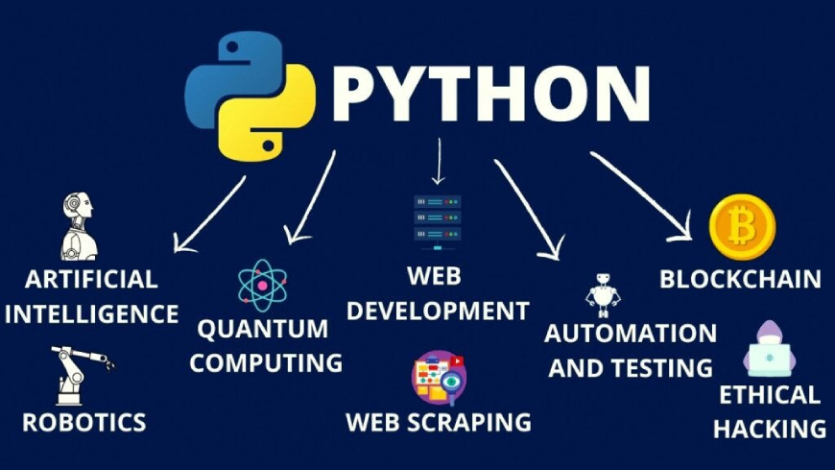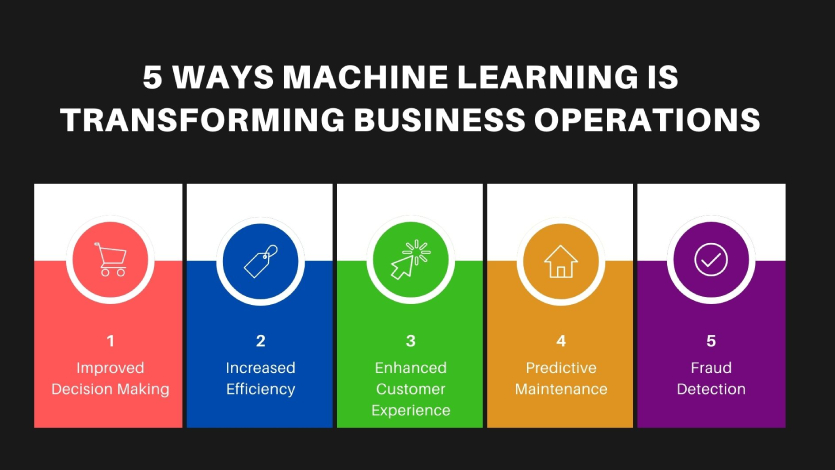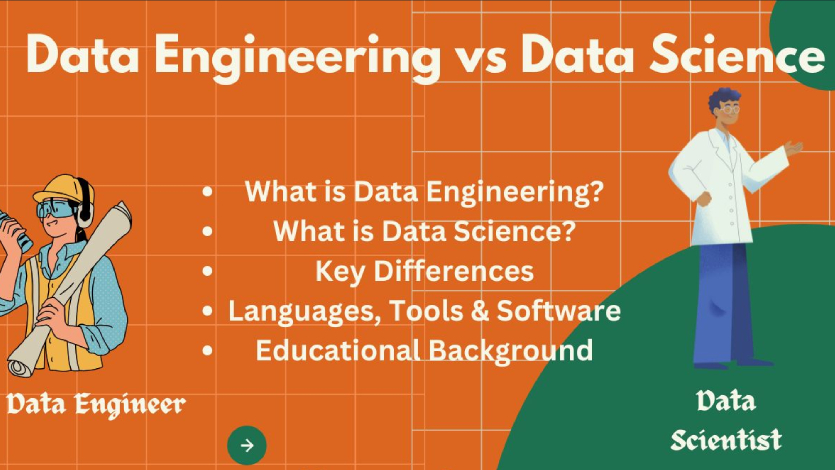
In the ever-changing world of software development, programming languages rise and fall in popularity. Yet, one language has managed to not only survive but thrive across industries, use cases, and decades: Python. From powering cutting-edge AI models to being the first language taught in schools, Python has earned the crown of versatility.
But why does Python continue to dominate even in 2025 when newer, faster, and more niche programming languages are emerging? Let's break down the reasons behind Python's continued reign.
Beginner-Friendly and Readable
Python was designed with simplicity in mind. Its clean, English-like syntax allows developers to focus on solving problems rather than fighting with complex syntax rules. For beginners, this means a smoother learning curve, and for professionals, it means faster prototyping.
Example:
for name in ["Alice", "Bob", "Charlie"]:
print(f"Hello, {name}!")
In just a few lines, Python communicates intent clearly without unnecessary noise.
A Language for Every Domain
Unlike some languages that thrive in a narrow niche, Python is everywhere:
This universality ensures Python's continued adoption across industries.
Massive Ecosystem and Libraries
One of Python's greatest strengths is its ecosystem. With over 450,000 packages available on PyPI, chances are, if you need something, there's already a library for it. Whether you're building a chatbot, scraping the web, running machine learning experiments, or automating APIs, Python has your back.
Community and Support
Python has one of the most active developer communities in the world. This means:
This community-driven growth fuels innovation and ensures Python doesn't stagnate.
Corporate and Industry Backing
Tech giants like Google, Meta, Microsoft, and Netflix all rely heavily on Python for different operations. Google uses Python for AI research, YouTube backend, and automation. Netflix uses it for recommendation engines, while NASA has even used Python in space research.
Corporate trust ensures Python continues to evolve in real-world, mission-critical scenarios.
Performance vs. Productivity
Critics often argue that Python is slower than languages like C++ or Rust. While this is true in raw performance terms, productivity often outweighs speed. Developers can write and deploy Python applications much faster, and with integrations like Cython, Numba, and PyPy, performance gaps are narrowing.
Future-Proof and Evolving
Python isn't resting on its past glory. With active development on Python 3.x, improvements in performance, better async support, and ongoing community contributions, Python is adapting to modern needs while keeping its core simplicity intact.
Comparison Table: Why Python Stands Out
Here's a quick comparison of Python with other popular programming languages:
| Feature | Python | Java | C++ | JavaScript |
|---|---|---|---|---|
| Ease of Learning | ⭐⭐⭐⭐⭐ | ⭐⭐⭐ | ⭐⭐ | ⭐⭐⭐ |
| Use Cases | AI, Web, Data Science, Automation, IoT | Enterprise, Android, Backend | Game Engines, OS, High-Performance Apps | Web Frontend, Full Stack |
| Community Support | Massive Global Community | Strong Enterprise | High in Systems Programming | Huge Web Developer Base |
| Performance | Moderate (can be boosted with C/Cython) | High | Very High | High (Node.js) |
| Future Outlook | Continues to Dominate | Steady in Enterprise | Strong in Niche Areas | Growing with Web3/Frontend |
Conclusion
Python's strength lies not in being the fastest or the most modern, but in being the most adaptable. Its beginner-friendly syntax, massive ecosystem, strong community, and industry adoption ensure that it will continue to lead as the most versatile programming language in 2025 and beyond.



